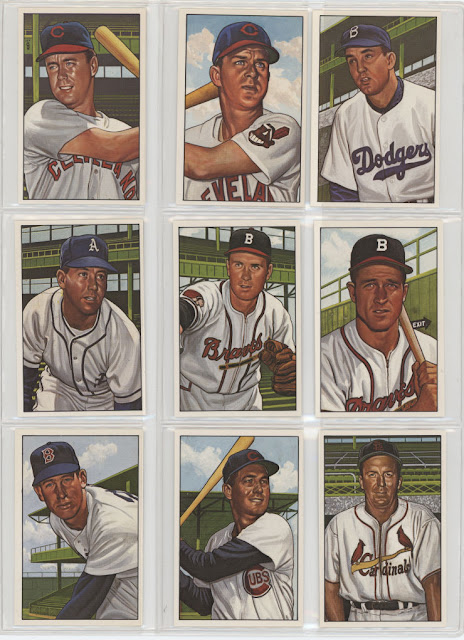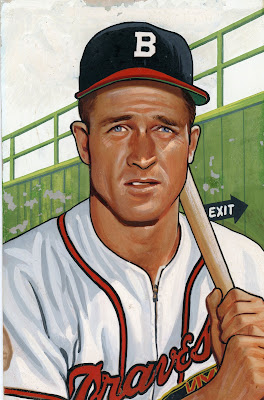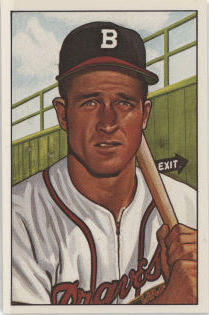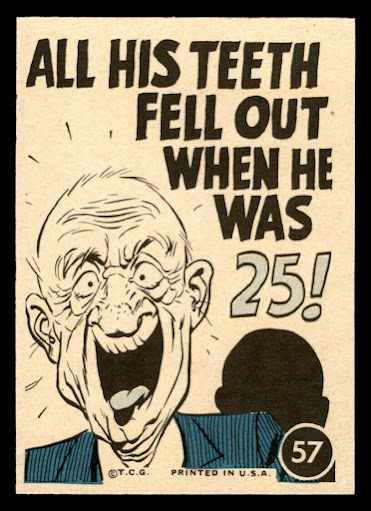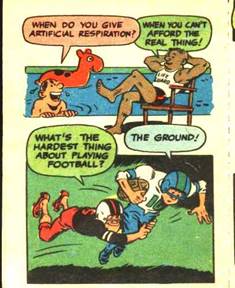New year, old errors! But also a new beginning!
Correcting a couple of longstanding screwups here as concerns the 1967 Topps Venezuelan set, both of which are totally my fault. In a post over ten (!) years ago, I wrote about the Venezuelan Winter League subset:
"Only 132 of the 138 cards can be found with the reddish backs. Six cards in the series (46, 60, 62, 95, 107, 123) are found with blue backs, which as we will see shortly were used for the US themed cards and the presumption is they had to be printed on another sheet."
Well that is, quite embarrassingly, partially incorrect and due to my misreading of certain hobby literature. To compound things, after my original post was published, a noted collector of these cards, Paul Sjolin, sent me two messages correcting things, which promptly were misfiled by yours truly. Well, with apologies to Paul, a thorough canvass of my e-mails and hard drives has yielded his original messages from April of 2011 and he's ben kind enough to send some additional insights. Here is #46 in both colors to show how some VWL cards can be found with blue reverses, although it's immediately obvious it's not the same player that is described:
This is a totally different guy and writeup (same height though!):
The fronts differ for this number as well, although both Diaz's were on the same team, as these images from the mighty Trading Card Database show, with red first, then blue:
Well now they all have to be looked at, right? Here is #60, once again we have two different players but this time they do not share the same last name. They do, however, appear with the same team. As before, red (from Mr. Sjolin) then blue:

You may recognize Frank Fernandez, as he is probably best known for playing a handful of seasons with the Yankees. Once again (and from hereon out unless noted) from the Trading Card Database:
No. 62 though, only appears as a blue back:
This leads us to the curious case of one Alfonse Carrasquel, better known as Chico. Drafted by the Dodgers and an excellent defender at shortstop who was blocked by Pee Wee Reese, he became only the third Venezuelan to play in the majors after coming over to the White Sox from the Brooklyn organization. He replaced Luke Appling at shortstop with the Pale Hose in 1950 and was the first Hispanic player to start an All Star Game, beating out Phil Rizzuto for the honor in 1951, among other notable achievements. An eye injury suffered in 1959 curtailed his playing career in the U.S. and he returned to Venezuela, continuing to play in the Winter League until 1967 (and where he had hit the first home run in league history in 1946). He started maanging in the VWL in the 50's, as duly noted on his cards. Yup, cards as he get two numbers, 95 and 115, which are blue and red backed respectively. The front of each though, carries the same image:
He lost a kilogram and got a different writeup as a red back!
But hold on, who's this guy?!
At a guess, Munoz was always #115 and the red backed Carrasquel was a mistake that was later corrected. Which then means there were at least two press runs of the VWL reds. But why two bios for the same guy?!
Moving forward (or backward) we get to #107, Cecilio Prieto, who is only available as a blue back, while appearing in the midstream numbering of the reds. Here is Friend o'the Archives Josh Alpert's, from his
amazing PSA Registry set:
As is #123, Cruz Amaya:
See, no red for him!
Well I mentioned six blues among the reds above but there's another variation as well amongst the Venezuelan Winter Leaguers and it's represented by a red-only back:
The front is where the difference lies:
OK, now to try and untangle all of this. The set has three distinct sections:
Venezuelan Winter League #1-138
Retirado (US Players) #139-188
1967 Topps "Reprints" #189-338 (hang tight on these)
For the VWL we get 132 Red Backs, then the 6 "blues", so that's 138. We will get back to these blues momentarily but we still need to add the four "extra" variations, namely nos. 46, 60, 115 & 133. That's 142 for a master VWL subset.
The Retirado's are 50 in number, with no variations. They have green backs in a similar style to the VWL players.
The reworked 1967 Topps cards though, are not at all that simple. There are 150 cards, that seemingly fit into two print groups. The larger group, which has the card number at the top left when the card is flipped, matches the placement of the number on the VWL and Retirado subsets. There are 101 of these, including the two examples each of nos. 213 (Lonborg or Mays) and 214 (Mathews or Bunning). These fill two missing holes at nos. 273 and 274 and were clearly doubled up due to a "1" being mistaken for a "7" at some point.
Then there are 49 of the Topps cards with a darker blue ink with the card number at bottom right. Josh Alpert believe these are much, much harder than the 101 "top left" cards. The six blues from the VWL also have the numbers oriented this way and appear to have the darker blue backs, so overall you get 55 dark blue back cards that are numbered in the bottom right corner.
Theories? OK here goes, going from the end back to the beginning.
55 cards in darker blue makes a nice neat match for the "rule of 11" when it comes to Topps layouts. I believe Topps did indeed provide the films for the fronts (and in years other than 1967, the backs) for the Venezuelan sets over the years, so this makes some sense. It's worth noting the cards in the Topps subset are from mixed series, including the seventh, whereas in prior years of Venezuelan issues they were drawn from distinct, discrete series, with only a handful of exceptions such as where checklists were pulled and replaced with a player card.
The 101 lighter blues are problematic but if you realize there are two doubled up numbers, it's possible two press runs were made up, each with 99 cards but with one #213 and one #214 replacing the respective "other". Again, this fits the "rule of 11" quite well. Did these get screwed up up or perhaps instead the A slit and B slit (if they were arrayed that way) had two different versions of #213 and #214? If you look at the
album issued for the set you can see some of the spots reserved for each player had stats under them. It's entirely possible there was a mismatch between the press sheet for the cards and the album art, which created the whole dual-numbering problem.
So with what sure seems like two red VWL press runs due to the two backs in that color on nos.115 and 133, indicating corrections and substitutions made on the second, you get to a righteous Topps-like number of 132 on the reds for the press sheet array!
We then look at the Retirado set, and see the player images are all in black and white. These may have been made up locally, except for the larger of the two typefaces used on the front but it's not at all clear if that's the case. These are the most mysterious cards of all to me.
The VWL team or "Retirado" designations look like reduced versions of the typeface used on the regular 1967 cards and Topps looks like they made use of this style as well for the 1970-71 A&BC
Footballer Cards and their Poster Inserts sold in the UK. Check it out via
this link and a little scrolling to the 1970-71 section. I wonder if Topps was able to compose those as needed if they didn't make up the entire card.
Add it all up and there should be 342 cards in the master set. As for the print arrays, these are my own theories and they are mostly in the area of true conjecture. You could look at a nice even 50 Retirado players and 150 Topps players and get to a different conclusion or two easily enough.






